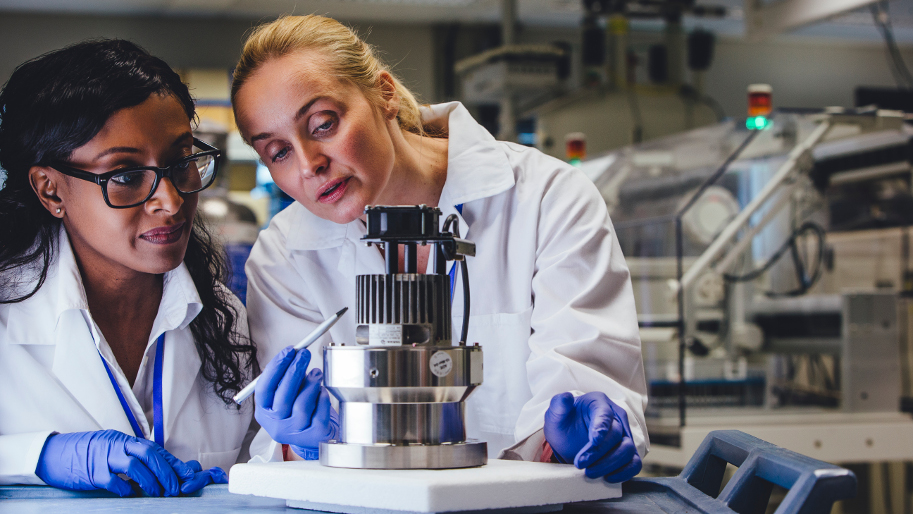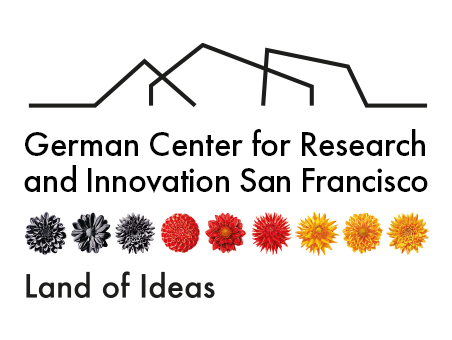General Overview
 © iStockphoto
© iStockphoto
A huge player in the research and innovation field, the United States is home to many of the top universities in the world, and highly active in research. According to the National Science Foundation, the United States spent $806 billion R&D in 2021, comprising about 27% of global R&D spending. The research and innovation landscape in the United States is diverse and largely decentralized with support from many different government departments as well as private organizations.
The U.S. is widely known for its “can-do” mentality. This is also true for the innovation and tech community, with its high density of venture capital firms, banks, private investors and business angels. Characterized by a risk-taking attitude that sees failure as an opportunity to learn and grow rather than an insurmountable obstacle, the innovation economy seems to have an edge on its European counterparts. Tech hubs, accelerators and mentoring networks do their part to foster and support young entrepreneurs in particular, and to create a veritable playground for business ideas and startups.
Where does innovation happen? Look beyond the coasts!
Silicon Valley on the West Coast has become a legend among founders and something of a gold standard to which other innovation hubs turn for inspiration. With their high density of world-class research institutions, Boston and New York City form a stronghold for innovation and research in the Northeast. However, new tech and innovation hubs continue to make an impact. With excellent research infrastructures and comparatively low cost of both living and labor, places like Austin, Houston and Dallas in Texas; hubs in the South such as Atlanta, Georgia, and the Research Triangle in North Carolina; and Portland, Oregon and Seattle, Washington in the Pacific Northwest, home to tech giants such as Microsoft and Amazon; have become vibrant, viable competitors.
In the U.S., public funding on the federal level tends to support fundamental research. Applied research and development is often financed by private investors or public-private funds. Such research is conducted at top universities (both private and public), as well as the private sector. Both sectors are closely linked, as universities frequently pursue basic science as well as contractual research for industry or national agencies such as the NSA or the Department of Defense (DoD). In 2024, the DoD research budget of $145 billion as about three times that of the National Institutes of Health (NIH) budget of $47 billion. Taxes and governmental subsidies do their part to encourage investors to support startups and innovative technologies, in particular the CHIPS Act of 2022.
Universities as Innovation Drivers
Universities have an impressive track record with regard to technology transfer and spin-outs. They often run their own incubators, accelerators and mentoring programs. Endowments and funds to provide startup capital for their own students are common and often substantial. UC Berkeley and Stanford in the Bay Area as well as MIT and Harvard in Boston are successful examples. Flexible intellectual property legislation allows universities and other research institutions to benefit financially from spin-outs and other patent uses. Moreover, when it comes to introducing their own researchers to entrepreneurship and technology transfer, many universities offer structured programs as part of, or in addition to, the regular curriculum. Clubs and student associations offer classes, peer mentoring, and, in some cases, even mini-MBA certificates.
German science and tech enjoy an excellent reputation within the U.S. innovation community. From German companies running strategically located labs and innovation centers, university collaborations and exchanges, to accelerators and mentoring programs specifically designed to help German startups succeed in the US, opportunities for German innovators are abundant. The Bayer Life Hub in Boston, for example, brings international innovators together to find solutions for challenges in the health and nutrition space.
